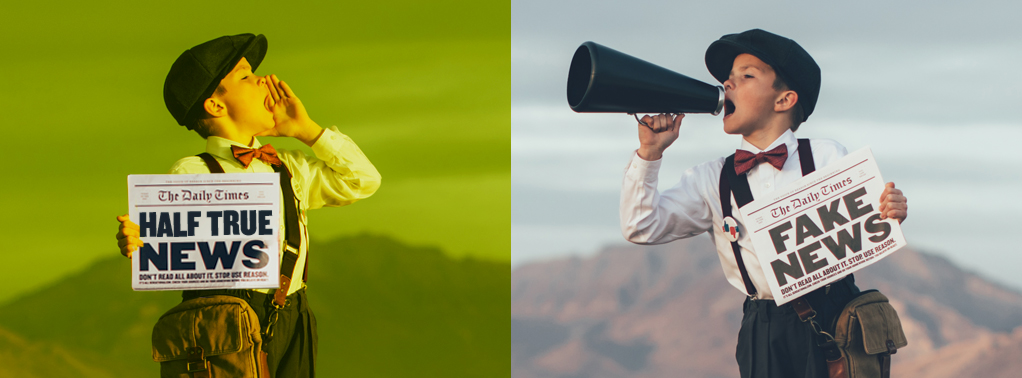News
Marketer Magazine: On The Record: Conducting Strong Interviews with the Media
From Yellow Journalism to Fake News: A Colorful Evolution of Misleading Media
In our yellow eulogy, we’d be remiss if we didn’t take a moment to gab about yellow journalism—and its uglier yet more popular cousin—fake news.
In the Big Apple, in the mid-1890s, a fierce battle for circulation raged between Joseph Pulitzer’s New York World and William Randolph Hearst’s New York Journal American. While both papers titillated their readers with scandalous headlines and articles of questionable accuracy, Pulitzer appeared to have the edge, due to the inclusion of the popular comic strip Hogan’s Alley, which featured a bald, barefoot boy known as “The Yellow Kid.” Convinced this was what kept his paper from the top spot, Hearst snatched Richard Outcault, the strip’s creator, away from Pulitzer. However, since Outcault had failed to copyright his Kid, Pulitzer simply hired another illustrator to continue the comic in the World.
With both newspapers running Hogan’s Alley, both became known as the yellow kid papers, which then evolved from yellow kid journalism to the shortened "yellow journalism," describing the practice of placing the outrageous over the accurate—and profits over principle.
Though some may mistakenly interchange the terms yellow journalism and fake news, make no mistake that the latter is truly a source of a different color.
Simply put, one is naughty. The other is nasty.
[SEE OUR IN-DEPTH GUIDE TO FAKE NEWS HERE]
Yellow journalism is sensationalism. Exaggeration. And, despite the withholding of certain facts to make a story sexier and spicier, a story based on half-truths is still, at least, half-true. But fake news begins and ends in lies. It’s destructive and divisive, wielding as its weapon what is known as “scorched earth tactics.”
And fanning the flames of this vitriol is the immediacy of social media, and the reliance on the idea that lies spread faster than truth.
A study at the MIT Media Lab reviewed more than 100,000 Twitter posts, and revealed that fake news traveled six time faster than real stories. Proving that if you want your story to go viral (especially if political in nature), simply appeal to our most negative emotions. Strike fear in our hearts, and you’ve hit the target.
But perhaps most frightening of all is the growing inability to distinguish the respectable from the nefarious. Amid thousands of accessible cable and social media outlets, a “source” of fake news now appears dangerously similar to a source of legitimate and conscientious journalism. And with both agitator and anchor behind the microphone and professionally-dressed, it becomes harder than ever to know whom to trust.
To combat the potential long-term effects of this dilemma, Len Apcar, former New York Times editor and current media-literacy chair at LSU, offers six tips to help gauge the authenticity of news stories:
- Who says? Identify the original source. If the story isn’t coming from a reputable news site, odds are it’s neither reputable nor news.
- How do they know? Real news comes from real experts – who cite real sources to support their statements.
- Are they independent? It’s human nature to want to believe a story that gels with our personal opinions. But in the words of journalist Ben Bradlee, “Beware of stories you want to be true, for whatever reason.”
- Check the URL. Fake news sites sometimes create URLs that look like legitimate news sites.
- Check the quotes. Copy and paste a questionable quote into an internet search to see if it’s been published anywhere else. If it hasn’t, it’s most likely a fake quote.
- Check the images. Have they been doctored? You can drag-and-drop a photo into Google Images to see if it’s been altered.
